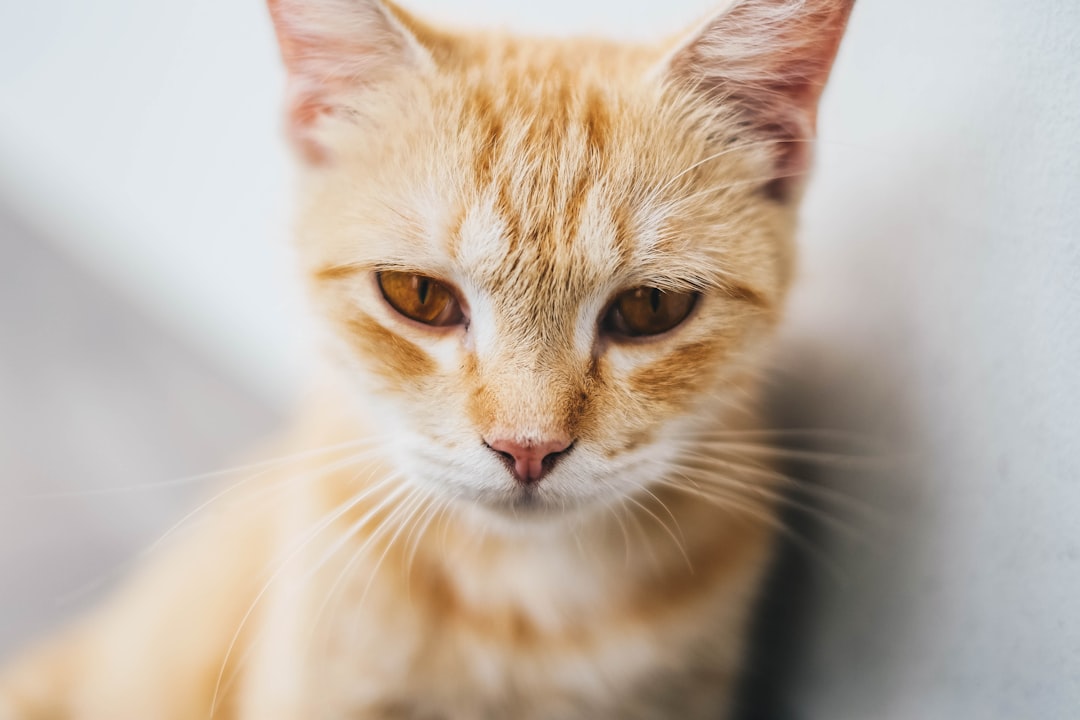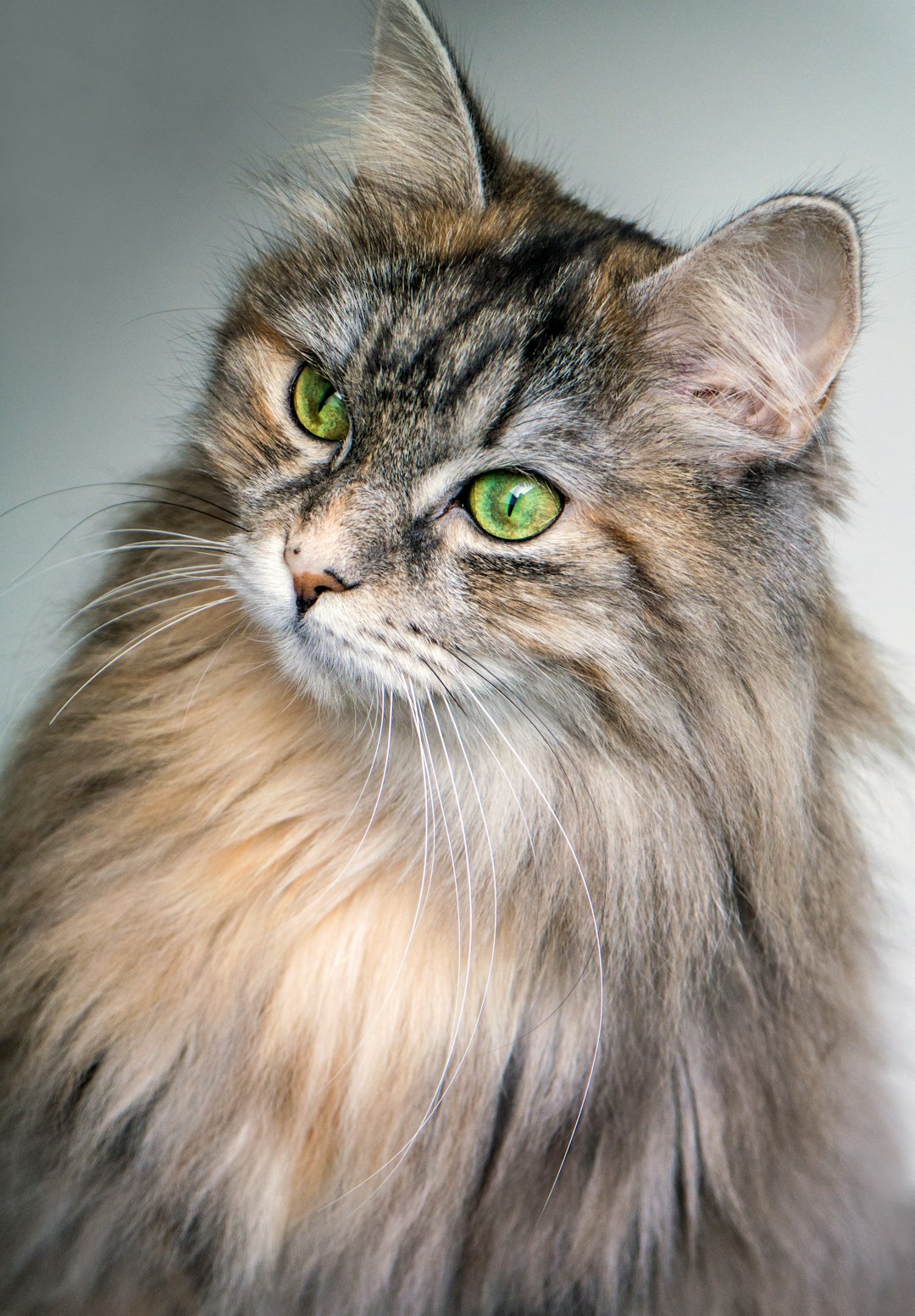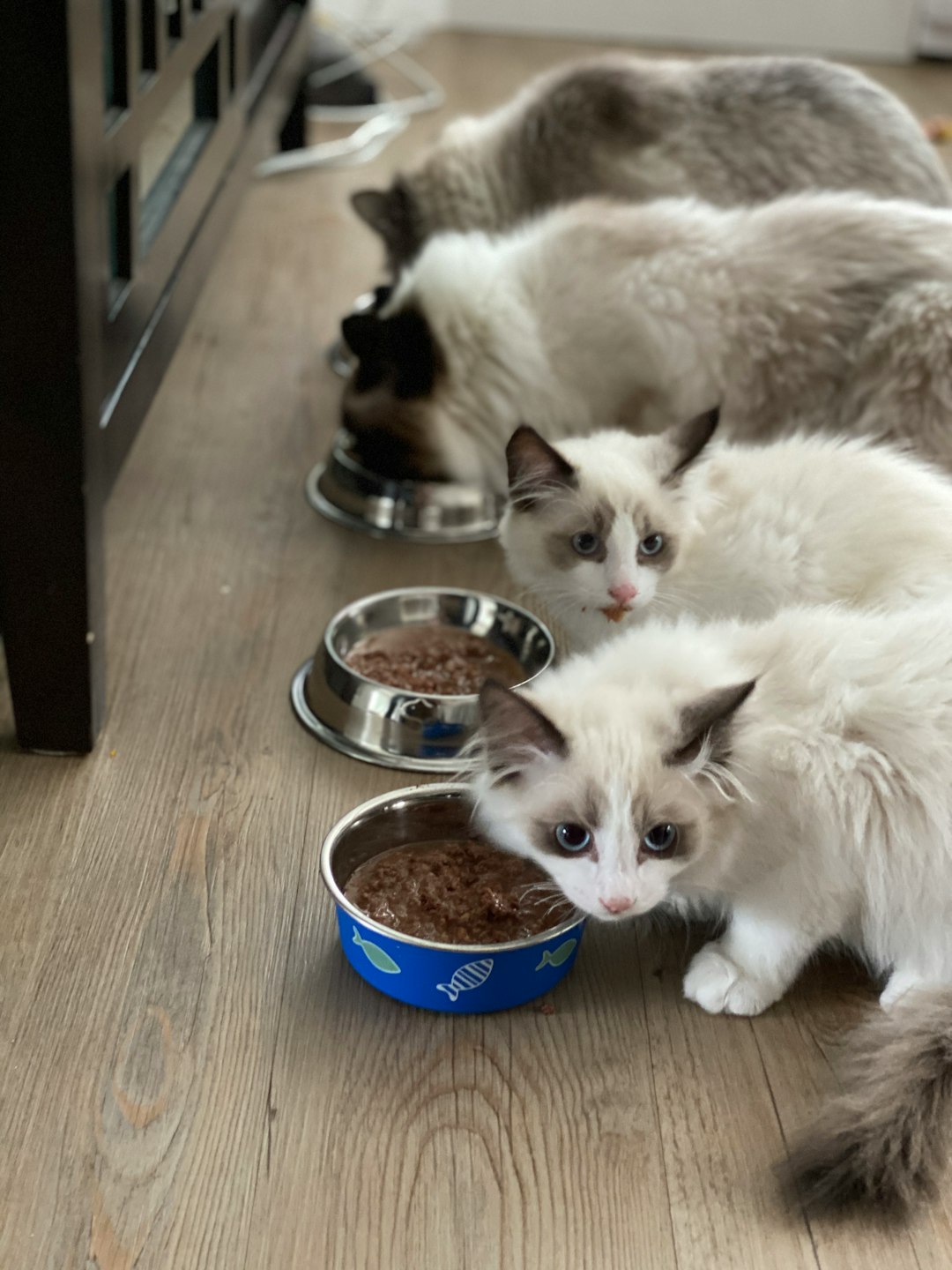As a cat owner, choosing the right diet for your feline friend can be challenging. Dry cat foods present both advantages and disadvantages that you should carefully consider. On one hand, they offer convenience and dental benefits; on the other hand, hydration might become a concern. Throughout this post, we will explore the pros and cons of dry cat foods, provide nutritional insights, and recommend top brands to help you make an informed decision for your beloved pet.
Benefits of Dry Cat Food
Dry cat foods offer several advantages that make them a popular choice among pet owners. Here are some key benefits:
- Convenience: Dry cat foods are easy to store, serve, and measure. You can fill a bowl, leave it out, and not worry about spoilage.
- Cost-effective: Typically, dry cat foods are more affordable than wet options, allowing you to manage your pet’s feeding budget effectively.
- Dental health: The crunchy texture of dry food can help reduce plaque and tartar build-up on your cat’s teeth, promoting better oral hygiene.
- Variety: There is a wide range of dry cat foods available, catering to different dietary needs, preferences, and age groups.
Comparison of Dry Cat Food Benefits
| Benefit | Description |
|---|---|
| Convenience | Easy to serve and store |
| Cost-effective | Generally lower cost compared to wet food |
| Dental health | Helps maintain oral hygiene |
| Variety | Many options available for different needs |
In summary, dry cat foods can be a practical and beneficial choice for both you and your feline friend.
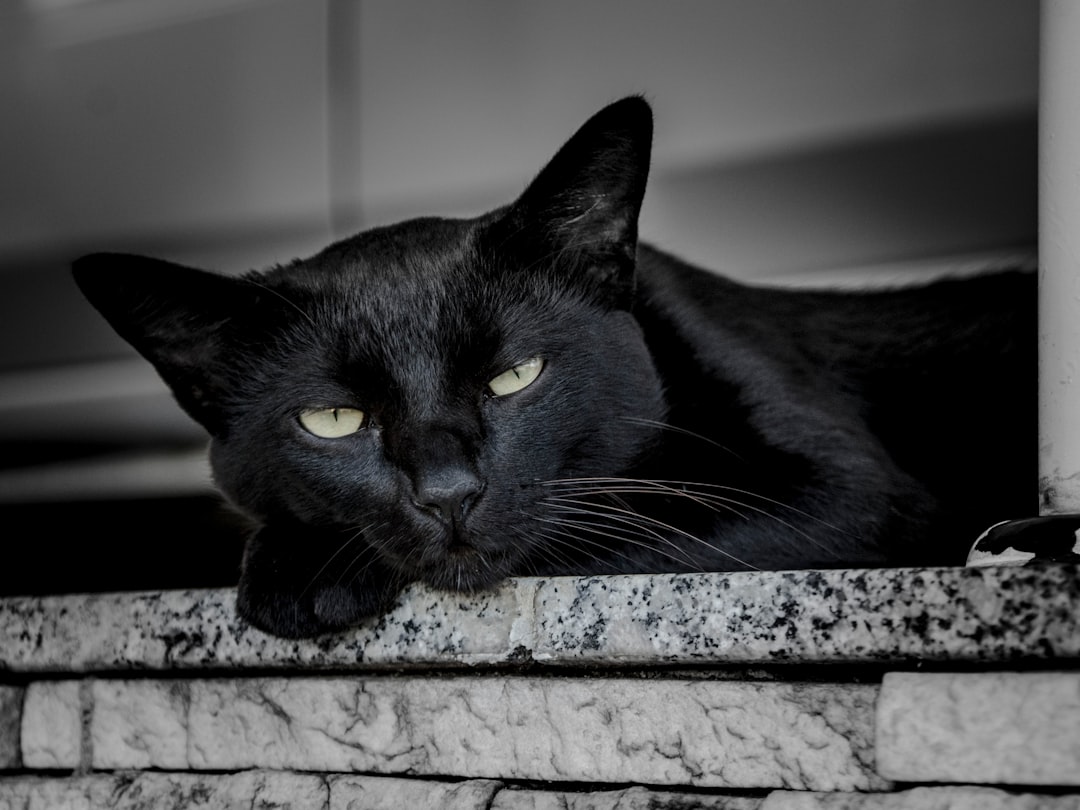
Drawbacks of Dry Cat Food
While dry cat foods offer convenience and storage benefits, they also come with notable drawbacks that every cat owner should consider:
Low Moisture Content:
Dry cat foods typically contain only about 10% moisture. This lack of hydration could lead to urinary tract issues, especially in cats prone to dehydration.Risk of Overeating:
Dry food is dense in calories, which can result in weight gain if not monitored. Cats may eat more than necessary since dry foods often lack the same satiety effect as wet foods.Dental Concerns:
Although some believe that dry food helps clean teeth, studies show that the benefits are minimal. Additionally, some cats may develop dental issues, making it essential to manage oral health with regular vet visits.Ingredient Quality:
Not all dry cat foods are created equal. Many contain fillers or artificial additives, which may not provide optimal nutrition.
In conclusion, while dry cat foods have their advantages, understanding these drawbacks can help you make an informed choice for your feline companion.
Nutritional Considerations
When choosing dry cat foods, it’s essential to understand their nutritional profiles. A balanced diet is vital for your cat’s health, and several key factors come into play:
Protein Content: Cats are obligate carnivores. Look for dry cat foods with at least 30-40% protein derived from high-quality animal sources.
Fat Levels: Healthy fats support energy levels and coat condition. Opt for dry foods with 15-20% fat, mainly from animal fats.
Carbohydrates: Some dry cat foods include grains. While they can serve as fillers, excessive carbohydrates should be avoided. Aim for options with less than 10% carbohydrates.
Vitamins and Minerals: Essential nutrients such as taurine, vitamins A and E, and calcium are crucial. Ensure the chosen dry cat food meets AAFCO standards.
Quick Comparison of Nutritional Profiles
| Nutritional Element | Ideal Percentage |
|---|---|
| Protein | 30-40% |
| Fat | 15-20% |
| Carbohydrates | <10% |
By carefully evaluating these nutritional aspects, you can select dry cat foods that not only satisfy your cat’s taste but also meet their dietary needs.
Comparing Dry Cat Food Brands
When selecting dry cat foods, it’s essential to assess various brands to find the best fit for your feline friend. Here’s a comparison of popular brands based on key criteria:
| Brand | Protein Content | Grain-Free Option | Price Range | Customer Rating |
|---|---|---|---|---|
| Brand A | 30% | Yes | $$ | 4.5/5 |
| Brand B | 28% | No | $$$ | 4.0/5 |
| Brand C | 32% | Yes | $$ | 4.8/5 |
| Brand D | 25% | No | $ | 3.9/5 |
Key Considerations:
- Protein Content: Higher protein levels can support your cat’s energy and muscle health.
- Grain-Free Options: Ideal for cats with grain sensitivities or allergies.
- Price Range: Balance quality with budget—price doesn’t always equate to quality.
- Customer Ratings: Feedback from other cat owners can provide insight into palatability and overall satisfaction.
By comparing these factors among dry cat foods, you can make an informed choice that best meets your cat’s needs.
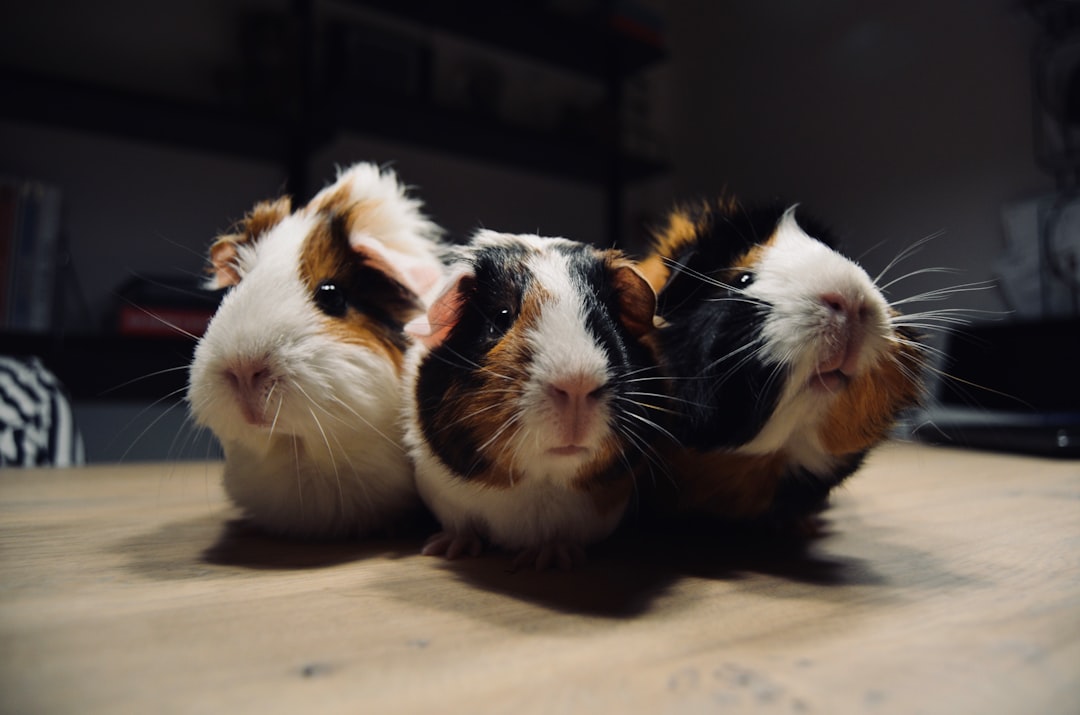
Understanding Ingredients
When selecting dry cat foods, it’s essential to analyze their ingredients. The quality and composition of these ingredients can significantly influence your cat’s health. Here are key aspects to consider:
Protein Sources:
- Look for named protein sources, such as chicken or lamb. These offer essential amino acids.
Carbohydrates:
- Grain-free formulas often use peas, sweet potatoes, or quinoa as carb sources. While carbohydrates provide energy, ensure they are balanced with adequate protein levels.
Fats:
- Healthy fats, such as fish oil or chicken fat, support a shiny coat and optimal brain function.
Preservatives and Additives:
- Choose brands that use natural preservatives like tocopherols over artificial additives.
Here’s a simple comparison of common ingredients in some popular dry cat foods:
| Ingredient Type | Recommended | Avoid |
|---|---|---|
| Protein | Chicken, Salmon | Meat by-products |
| Carbohydrates | Sweet potatoes | Corn, Soy |
| Fats | Fish oil | Rendered fat |
| Preservatives | Natural sources | BHA, BHT |
By understanding these ingredients, you can make a more informed choice regarding the best dry cat foods for your feline friend.
How to Transition Your Cat to Dry Food
Transitioning your cat to dry cat foods can be a smooth process with the right approach. Here are some key steps to follow:
Gradual Introduction: Mix a small amount of dry cat food with their current wet food. Start with a ratio of 75% wet to 25% dry. Gradually increase the dry portion over 7-10 days.
Monitor Preferences: Pay attention to your cat’s reactions. If they show reluctance, slow down the transition process. Some cats may need extra time to adjust.
Create a Routine: Set regular feeding times to help your cat get used to eating dry food. Cats thrive on routine and consistency.
Encourage Hydration: Since dry cat foods contain less moisture, ensure your cat has access to fresh water at all times. Consider incorporating water fountains to entice them to drink more.
Observe Health Changes: Watch for any changes in behavior, weight, or digestive health. If issues arise, consult your veterinarian for guidance.
By taking these steps, you can successfully transition your cat to dry cat foods, ensuring a healthy and enjoyable feeding experience.
Top Recommendations for Dry Cat Food
Choosing the right dry cat foods can significantly impact your feline’s health and well-being. Here are some top recommendations based on quality, ingredients, and nutritional value:
| Brand | Key Features | Average Cost | Protein Content |
|---|---|---|---|
| Royal Canin | Tailored formulas for breeds | $25-$40 | 30% |
| Hill’s Science Diet | Vet-recommended, digestive health | $20-$35 | 28% |
| Orijen | Grain-free, high-protein | $30-$45 | 38% |
| Purina Pro Plan | Advanced nutrition, affordable | $20-$30 | 30% |
Key Considerations:
- Quality Ingredients: Look for dry cat foods with real meat as the first ingredient.
- Life Stage Formulas: Ensure the food is appropriate for your cat’s age—kitten, adult, or senior.
- Health Needs: If your cat has specific health issues, consider specialized formulas designed to meet those needs.
In summary, when selecting dry cat foods, refer to both ingredients and nutritional profiles. Tailoring your choice based on your cat’s specific requirements will promote better health and vitality.
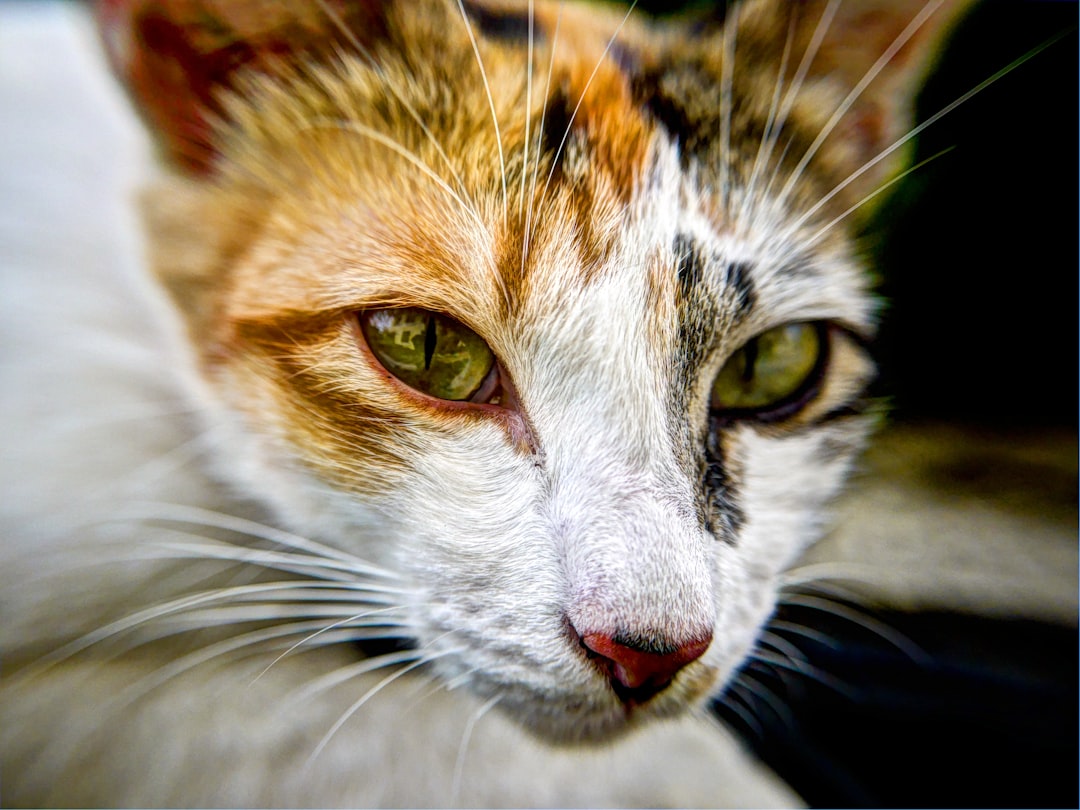
Conclusion: Making the Right Choice for Your Cat
Choosing the right dry cat foods for your feline friend involves several important factors. Ultimately, the decision should prioritize your cat’s health, preferences, and lifestyle. Here are some key considerations to guide your choice:
Evaluate Nutritional Needs: Ensure the dry cat foods you consider provide a balanced diet rich in protein, vitamins, and minerals. Look for quality ingredients and avoid fillers.
Consider Your Cat’s Age and Health: Different life stages—kittens, adults, and seniors—have unique dietary requirements. Additionally, consult with your veterinarian if your cat has any specific health issues.
Trial and Feedback: Cats can be finicky eaters. Taste-testing a few brands will help you determine which dry cat foods your cat enjoys the most.
Price vs. Quality: While it’s tempting to choose cheaper options, high-quality dry cat foods often lead to better health outcomes, saving you money on vet visits in the long run.
By weighing these factors, you can make an informed decision that enhances your cat’s diet and overall well-being.
Frequently Asked Questions
What are the primary benefits of feeding my cat dry food?
Dry cat food, also known as kibble, offers several benefits for cat owners. It’s convenient to store and serve, has a longer shelf life than wet food, and can contribute to dental health as the crunchy texture helps reduce plaque buildup. Additionally, many dry foods are nutritionally balanced and formulated to meet a cat’s dietary needs, making it a practical choice for busy pet owners who want to ensure their feline friends receive complete nutrition.
Are there any drawbacks to feeding my cat dry food?
While dry cat food has its advantages, there are also notable drawbacks. One significant concern is that it generally contains less moisture than wet food, which may lead to lower water intake in cats, potentially resulting in urinary tract issues. Furthermore, some brands may include fillers or artificial additives that are not beneficial to a cat’s health. It’s important for pet owners to carefully evaluate ingredient lists and ensure that the chosen dry food meets the specific nutritional needs of their cat.
What are some top recommendations for dry cat food?
When selecting the best dry cat food for your feline companion, there are several brands that are frequently recommended by veterinarians and pet nutritionists. Brands such as Royal Canin, Hill’s Science Diet, and Orijen are known for their high-quality ingredients and balanced formulations. It’s essential to choose a food that is appropriate for your cat’s age, health status, and dietary preferences, ensuring it provides adequate protein and essential nutrients.
How can I transition my cat to a new dry food?
Transitioning your cat to a new dry food should be done gradually to avoid digestive upset. Start by mixing a small amount of the new food with your cat’s current food, gradually increasing the proportion of new food over a span of 7 to 10 days. Monitor your cat for any signs of discomfort or refusal to eat. If your cat shows any adverse reactions, consider slowing down the transition process and consulting with your veterinarian to determine the best approach.

